Mountain Villages: what to see near Serra da Estrela
Snow is the main attraction in winter, but in the area of the majestic Serra da Estrela Mountain Villages are not lacking, full of reasons that justify a visit throughout the year.
Stunning landscapes and good typical cuisine are other appealing “ingredients” that can be found in the Mountain Villages in the Serra da Estrela area. These picturesque locations embody centuries of history, traditions and culture. Snow, of course, is an additional factor that tends to beautify these villages located in a region that gains a special charm in winter. However, Estrela is beautiful all year round and the villages are a great starting point to explore the Nature and Heritage that surrounds them, as well as Torre, its highest point, and its ski resort. The offer at the hotel level is diversified and rural tourism options abound, great for those who want to spend a few days away from the stress of cities and want to discover the countless potentialities of this area. Follow the route proposed by All About Portugal and set out to discover 10 charming mountain villages, in an area where the famous Serra da Estrela cheese is “king”.
Sabugueiro, Seia
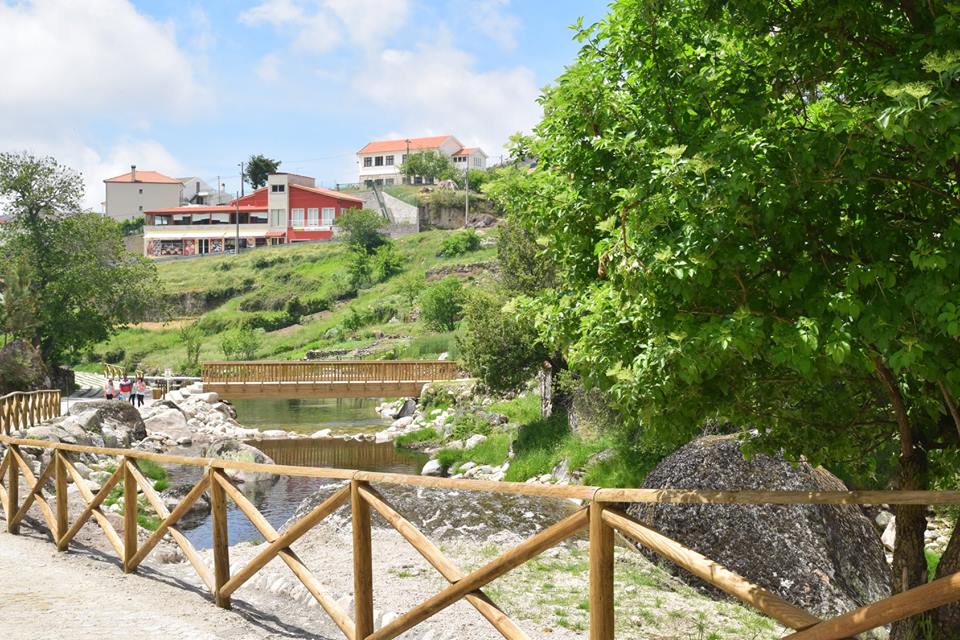
Located at an altitude of about 1100 meters, in the middle of Serra da Estrela, it is known for the inscription on one of its entrances indicating that it is the highest village in Portugal. Its main street, located on the EN339 that joins Seia and Torre, is full of restaurants, serving typical dishes, and shops that sell traditional products from the region, such as Serra da Estrela cheese, sausages and handicrafts. The village appears to have emerged from a cluster of shepherds' huts looking for pastures for their goats and sheep, being fertile in natural resources, such as waterfalls, and in spectacular panoramic views. On a cultural level, the Ethnographic Museum, a community oven, the Matriz church and the Fontain of Ferreiro stand out. This is one of the most famous Mountain Villages and is an obligatory crossing point for those traveling from the north of Portugal to the Tower, offering several Rural Tourism units, some resulting from the reconversion of the granite houses that stand out in the village.
Cabeça, Seia
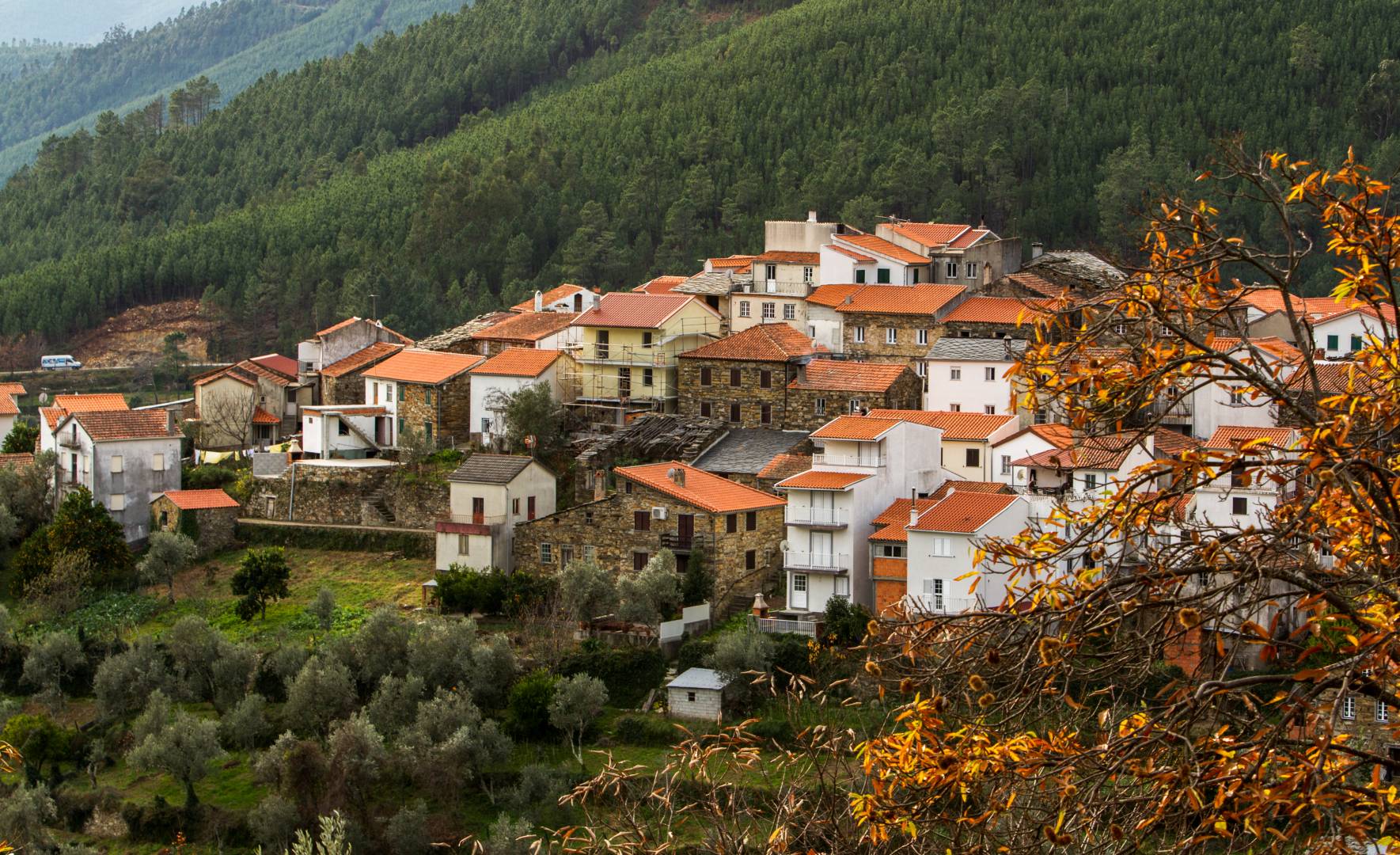
Since 2013, this typical mountain village started to “feature” on the national map of original suggestions to discover during the Christmas period. This is because it was in that year that the village organized for the first time the “Aldeia Natal” initiative, which brings great movement and visitors to the town, which has about 170 inhabitants in its daily life. The local community decorates the picturesque streets of the village using agricultural and forestry surpluses and the wool of the Serra da Estrela embroidery sheep, for example. This is a genuine and sustainable party that also has the peculiarity of not having the presence of Santa Claus. The village takes on a special charm when night begins to fall and when thousands of LED technology lights illuminate the typical schist houses and alleys. Moreover, it is not just for Christmas that this small town is worth a visit, as it is also very photogenic in summer. It is located on a hill that “tops” well-defined terraces and overlooks the Ribeira de Loriga, a neighboring parish that has a beautiful river beach. Cabeça also has two churches and two chapels.
Alvoco da Serra, Seia
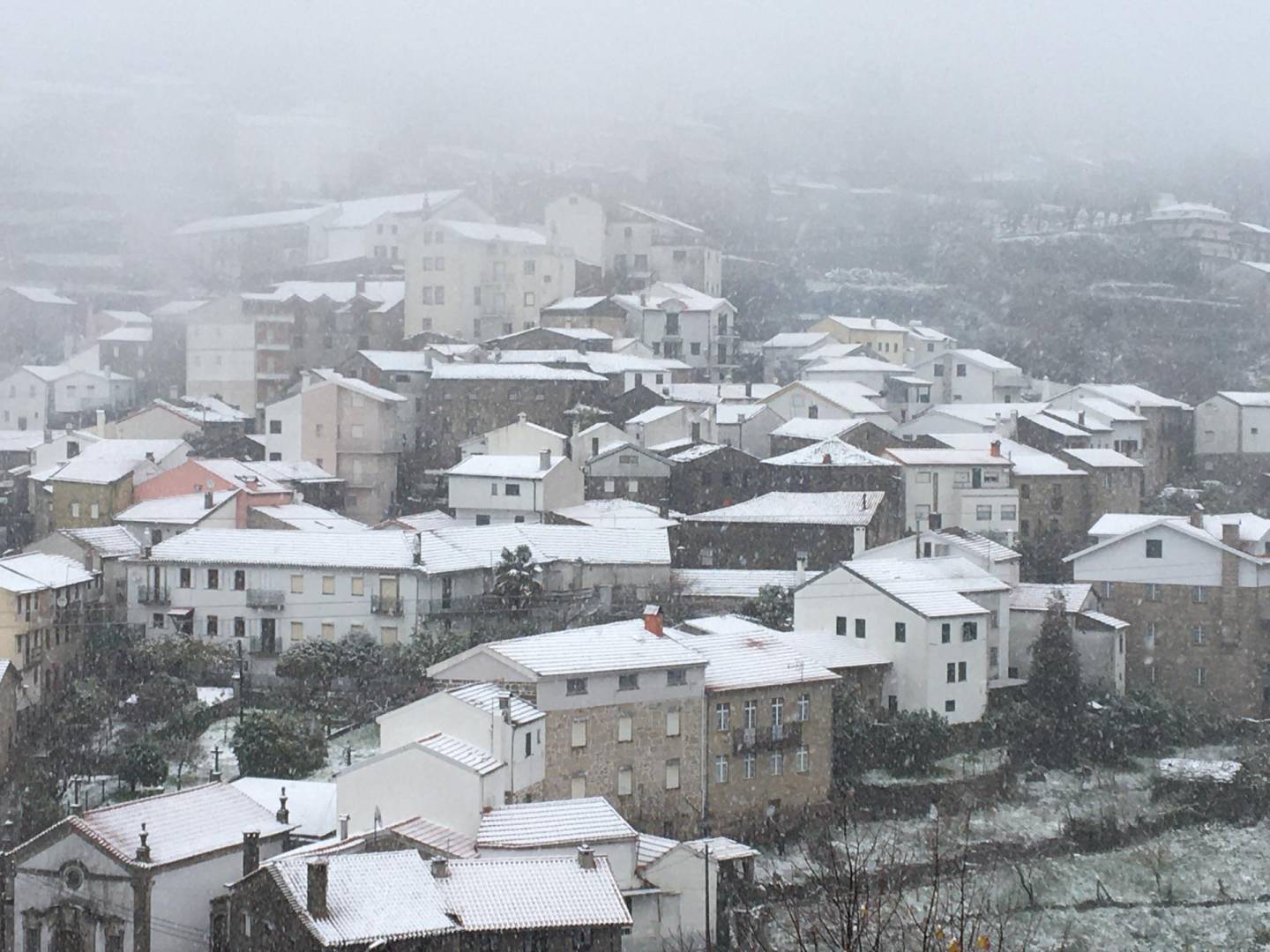
It has a privileged location in the middle of Serra da Estrela, at about 700 meters of altitude, and is the village that is topographically closest to the Tower. This small village, which integrates the network of Mountain Villages of the Municipality of Seia, is surrounded by a splendid natural and landscaped setting, offering several walking tours through the surrounding area, a great way to discover some of the wonders of the Mountain. In historical terms, Alvoco da Serra is a land of very ancient origins, preserving traces of the Roman presence, namely a sidewalk on which coins from that time were found. The medieval Chapel of São Pedro, the Baron House and the Museum-House are other points of interest not to be missed, the latter being an excellent way to learn more about the traditions and customs of this mountain village. Moreover, let yourself be involved in its narrow streets and be dazzled by the granite houses. Alvoco da Serra is equally well served in gastronomy, with emphasis on lamb or kid goat dishes.
Penhas Douradas, Manteigas
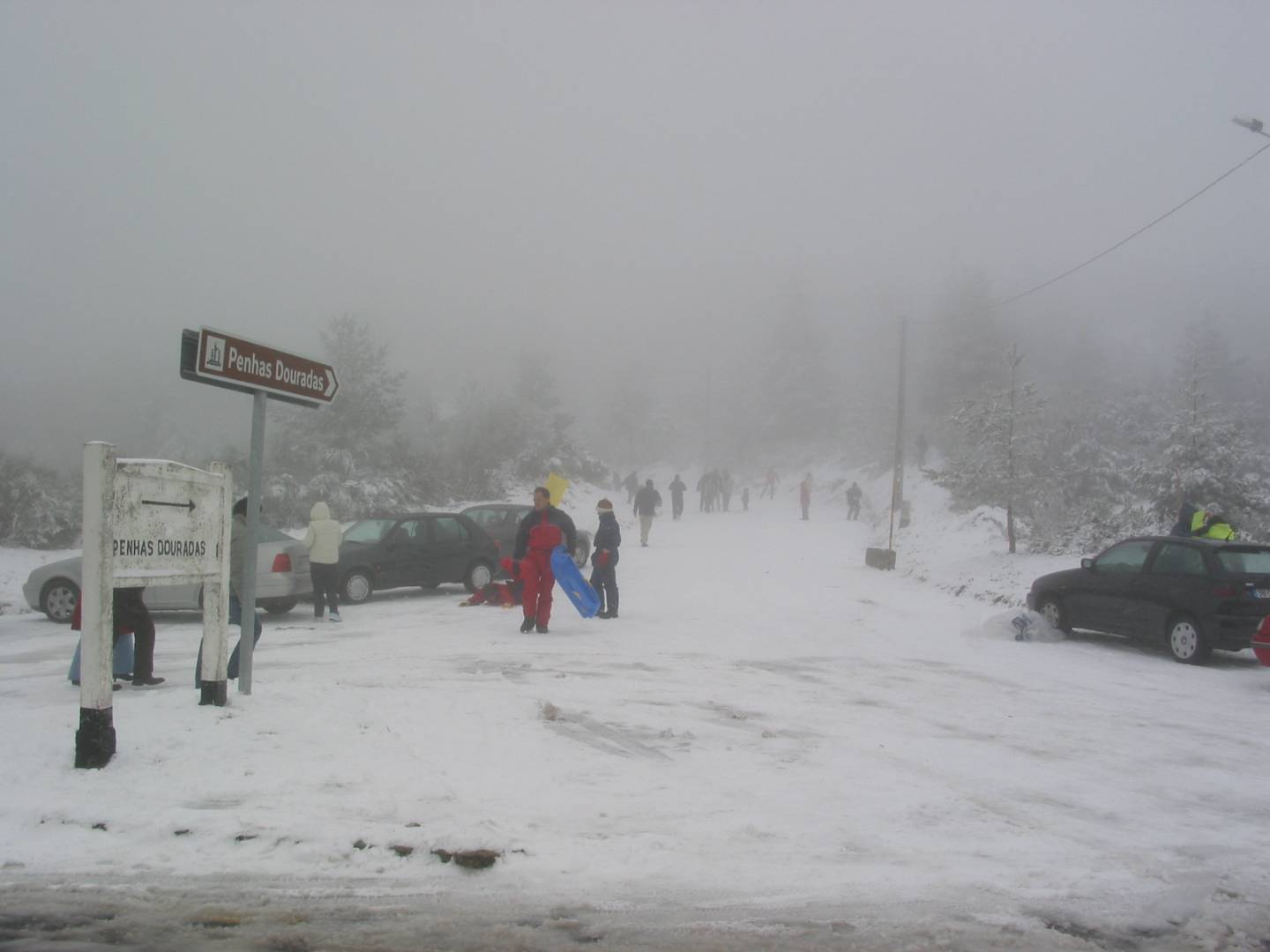
They do not exactly constitute a village in the strict sense of the term, but they are a much-visited point in Serra da Estrela and have some reference hotel units in their vicinity. They are located at an altitude of approximately 1,300 meters and offer a magnificent view over the glacial valley of Zêzere, one of the largest in Europe with 13 kilometers in length. The landscape is dominated by large blocks of granite and is one of the coldest regions in Portugal. So much so that it has a Meteorological Observatory, which plays a fundamental role in the study and forecast of the mountain's climate. Close to Penhas Douradas, where it snows frequently in winter, the River Beach Vale do Rossim is very popular on the hottest days. Out of curiosity, Penhas Douradas was once considered the healthiest place in the country, thanks to its pure and fresh air. In the Municipality of Manteigas, there are other beautiful places to visit such as Poço do Inferno, a waterfall measuring about 10 meters, or the enchanting Covão d’Ametade, so suitable for photographs for those who love nature.
Penhas da Saúde, Covilhã
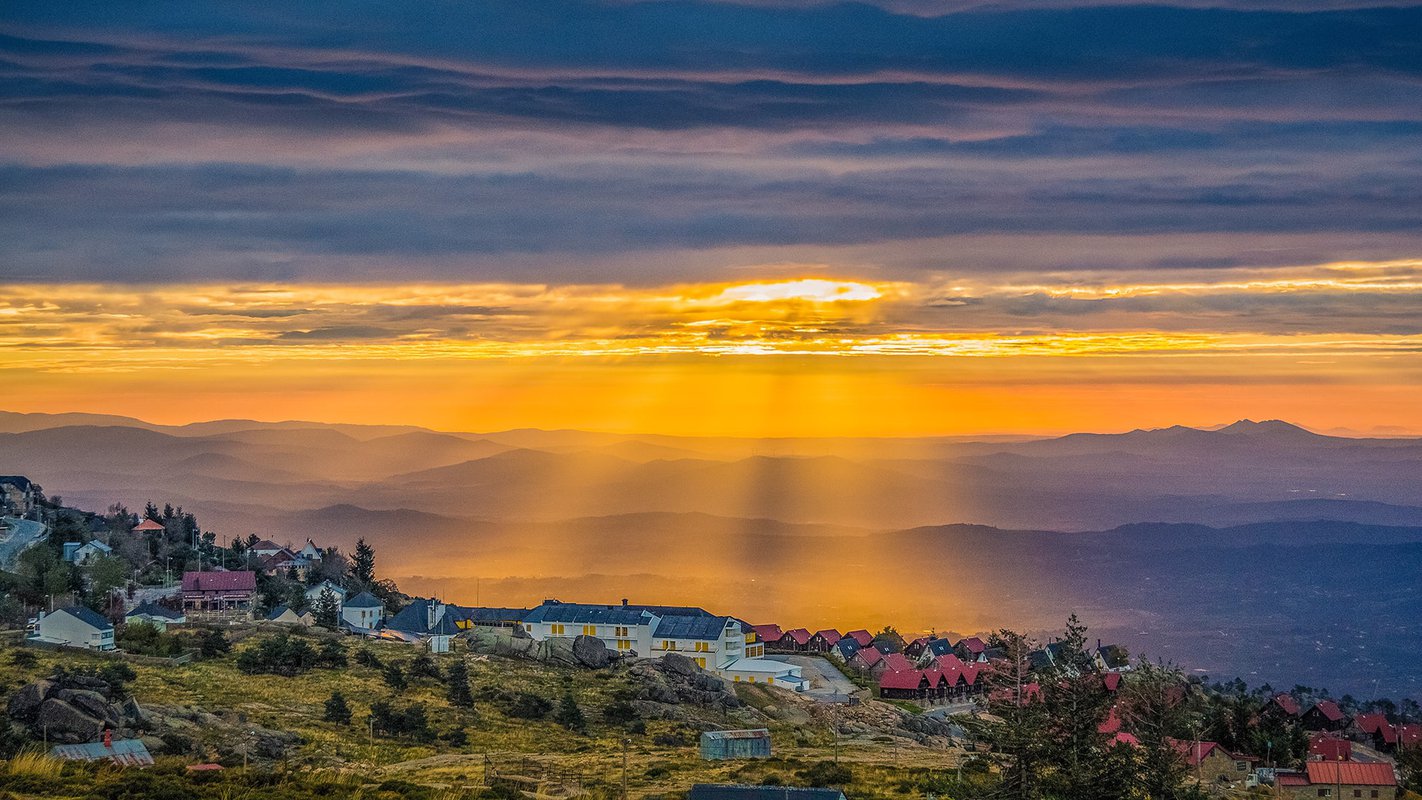
This is one of the most iconic Mountain Villages in this area, given its privileged location at an altitude of 1500 meters, between Torre and Covilhã, a city that is one of the “entrance doors” to Serra da Estrela. The location provides an enviable view over the plateau and the mountain, with fabulous surroundings. Penhas da Saúde has several accommodation options, including Rural Tourism, which tend to be sold out in the colder months when snow is often a “visit”, and are also well served at a gastronomic level. When you want to go up towards the Tower, we advise you to make at least two more stops. One at the Lago do Viriato Dam, which offers a magnificent natural setting, whether in winter or summer. The other, closer to the highest point in mainland Portugal, in the striking Senhora da Boa Estrela, a monument carved into a rock, seven meters high, and representing the patron saint of shepherds. Penhas da Saúde is part of the parish of Cortes do Meio, known as the “Capital of Natural Swimming Pools in Portugal”.
Folgosinho, Gouveia
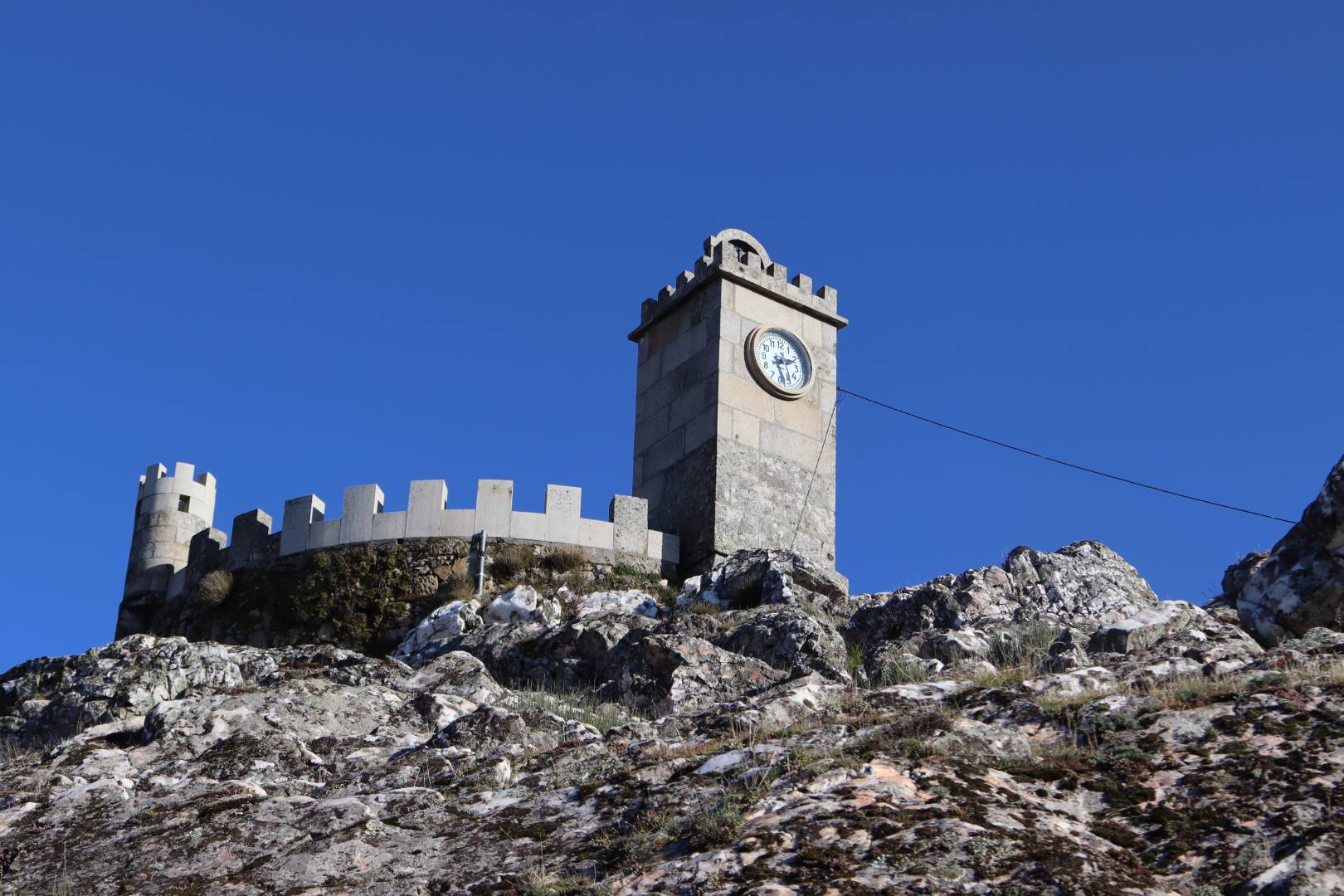
It is one of the most popular parishes in the municipality of Gouveia, thanks in large part to the gastronomic wealth of a family restaurant, “O Albertino”, which projected the name of the village, beyond borders. There you can enjoy chanfana, oven-roasted kid goat meat, cabidela rice, rice pudding or curd cheese with pumpkin jam. What is the loftiest village in this mountainous municipality became the county seat between 1187 and 1836 and has in the Castle one of its “ex-libris”, an emblematic place where you can enjoy a magnificent view over the region. Also worth mentioning are the Igreja Matriz, the São Faustino and São Tiago Chapels, as well as a fountain in the center of the village that has two curious inscriptions: “Bad water does damage, good water lasts for years” and “Water and woman only good is wanted". As for the natural heritage, the highlight goes to Senhora de Assedasse, an isolated place in the middle of Serra da Estrela, at about 935 meters. Others of Folgosinho's natural beauties can be seen by those walking along the Rota dos Galhardos, a pedestrian route that crosses valuable environmental, geological and cultural spaces.
Melo, Gouveia

Known for being the “eternal village” of Vergílio Ferreira, renowned Portuguese writer of the 20th century who was born there and where he is buried, this picturesque location is located on one of the slopes of Serra da Estrela. The Roteiro Vergiliano, the square that bears the name, the statue and the writer's literary journey engraved on the ground, and Vila Josephine, or “yellow house” from the novel “Para Semper”, are some of the points of interest in the village that also counts with a peculiar Ethnographic Museum. Among the built heritage, the Chapel of Senhora da Conceição, the Misericórdia, the Casa da Câmara, the Convent of Senhora do Coito and the Pelourinho, classified as a National Monument, and the Paço stand out. This last listed property is in an advanced state of degradation, but still retains part of the magnificence that it must have had when it was the manor residence of the village's founders. With a very old foundation, Melo played an important social and political role in the region where it operates.
Valhelhas, Guarda

It is during the warmer months that this village is much sought after by holidaymakers in the region, but also from other parts of the country, looking for a refreshing spot away from the hustle and bustle of the coastal beaches. In fact, it is there, where the river Zêzere takes shape and prepares to embrace Cova da Beira, that you will find one of the oldest and most awarded river beaches in the Center of Portugal. However, it is not only in summer that this village is interesting. Starting with the natural beauty that surrounds it, such as the patches of forest in the Cabeça Alta, Mor and Rachada mountains, which create an incredible green warmth, or the different walking routes that the mountain offers. The one that is the eastern entrance to theSerra da Estrela Natural Park still stands out in terms of gastronomy, with the two local restaurants deserving excellent reviews from experts and the general public. This historic mountain village was the county seat between 1187 and 1855 and boasts a prominent 16th century pillory. The Filipina Bridge and the ruins of the ancient Castle are other places of interest.
Alcongosta, Fundão
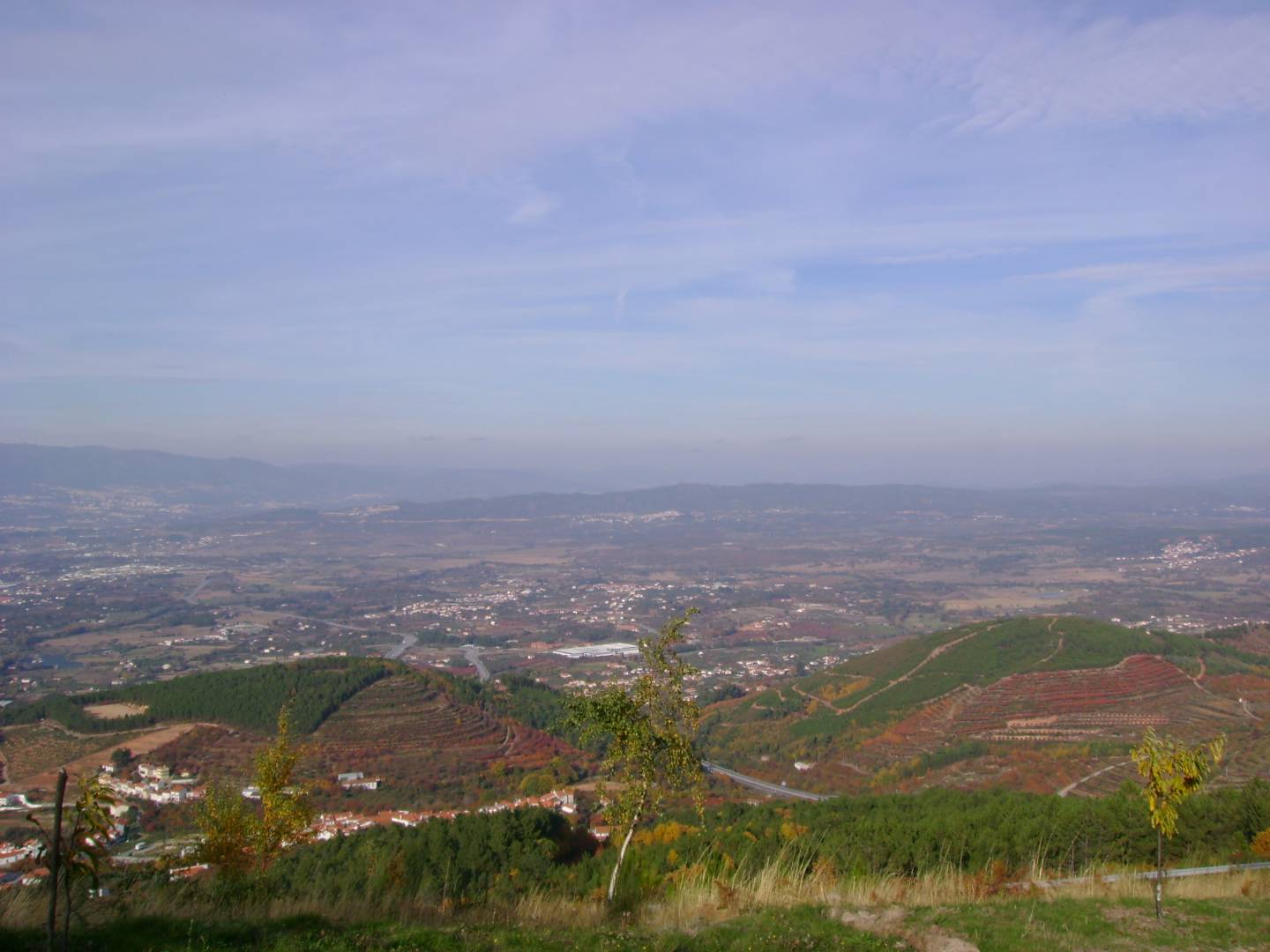
Located in the heart of Serra da Gardunha, noble neighbor of Serra da Estrela, this village assumes itself as a kind of “national cherry capital” during a weekend in June, when the long-awaited festival dedicated to that fruit usually takes place. appreciated. In fact, Alcongosta is recognized for having a lot of good cherry, and there are those who guarantee that it is the best in Portugal. The months before the harvest season bring another wonder of nature, with the cherry trees in bloom providing a stunning setting in which a white mantle invades this typical mountain village. For those who want to learn more about the fruit known as the “red gold”, a visit to the Cherrie House is recommended. Whatever time of year it is, anyone passing through this region "has" to climb to the Guards House, which at an altitude of 900 meters has a viewpoint that allows you to enjoy a superb landscape over Gardunha and the Cova da Beira. Visit the Matriz Church and also take the opportunity to taste sweets, jams, liqueurs, and of course, cherries.
Rapa, Celorico da Beira

The Serra da Lomba swings are one of the “ex-libris” of this village in the municipality that is known as the “Capital of Serra da Estrela Cheese”, so it is not surprising that in Rapa itself there are several duly licensed producers and cheese factories. As for the swings, located at an altitude of almost a thousand meters, they take advantage of the potential of the place where they were installed in 2020. Since then, many have been those who have flocked to the two panoramic swings that allow you to appreciate a portentous landscape, one over Celorico and the other over Guarda and the Mondego Valley. Simultaneously, a viewpoint was created from which it is possible to see the magnificent surroundings. The museum area of Moinho de Água da Rapa is another interesting point to visit in the village. Rich in tradition, history and nature, the village shows its authenticity to those who visit it through its people and customs with activities such as the lagaradas or tradition in the theatre. This is one of the Mountain Villages that is farthest from Serra da Estrela, but, as you can see, it has more than enough reasons to justify a visit.
Recommended
